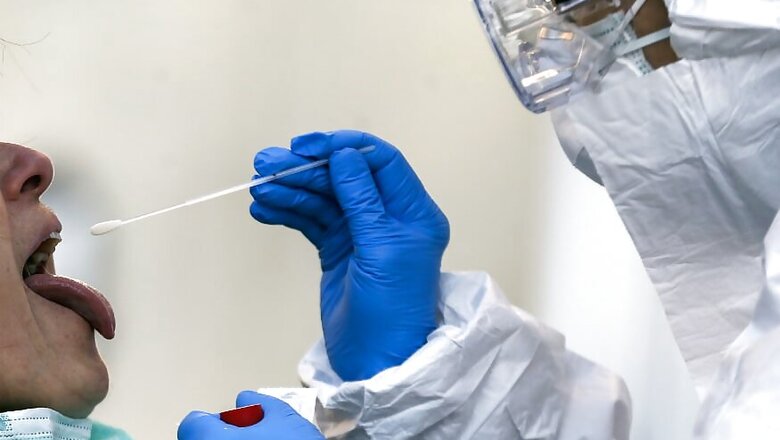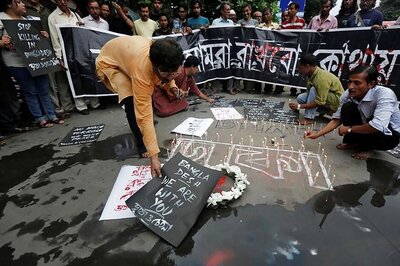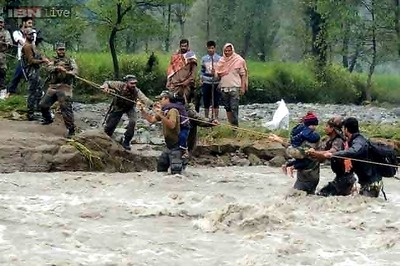
views
Italian physicist and novelist Paolo Giordano has used his self quarantine period to come out with a book in which he focuses on other forms of contagion linked to COVID-19 - fake news, environmental crisis, nationalism and xenophobia, and lack of solidarity in an increasingly complex world.
'In How Contagion Works: Science, Awareness and Community in Times of Global Crises', translated from the Italian version by Alex Valente and published by Weidenfeld & Nicolson, Giordano explains how disease spreads in our interconnected world, why it matters, how it impacts us and how we must react.
Writing from his home in Rome amid lockdown, the author explores the mathematical structures of contagion and also investigates how the virus itself is a manifestation of an interconnected world struggling to build a sustainable global community.
The COVID-19 epidemic is set to be the most significant health emergency of our time. Sars-Cov-2 is the first virus to spread this quickly on a global scale. Many others similar in nature, such as its predecessor Sars-Cov, have been quickly dealt with. Some, such as HIV, have been hiding in the shadows for years, he writes.
"Sars-Cov-2 had more gumption. And its boldness has revealed something we had long known but had been unable to measure with precision until now: the multiple levels and layers that connect us to each other, everywhere, and the complexity of the world we inhabit - its social, political, financial motives and its interpersonal and psychological structures, too," he says.
According to Giordano, Cov-2 caught everyone unprepared and unarmed, with no antibodies or vaccines. "It's too new for us. Therefore, we'll have to resist for the required length of time. Our only vaccine right now is an uncomfortable form of cautiousness," he says.
Giordano says that everyone thinks all this happened in China, in a market in Wuhan, where different species of wild animals are kept within close proximity, an extremely favourable environment for the spread of pathogens.
Tracing exactly how, when and where the first leap happened isn't just curiosity for its own sake, but a mission for epidemiology, as important as containing the virus. It will, though, be much slower, and even more difficult, he argues.
On the theory doing the rounds that Cov-2 spread among the Chinese from a vial smuggled out of a lab where secret military experiments were taking place, he says, :I know the theory of the secret lab is more fun but let's leave it where it belongs: as a subplot in the next Bond movie."
Another book being released by Hachette is 'Deadliest Enemy: Our War Against Killer Germs' in which leading epidemiologist Dr Michael Osterholm shares his stories from the front lines of the war on infectious diseases and explains how to prepare for epidemics that can challenge world order.
Co-written with Emmy Award-winning documentary filmmaker Mark Olshaker, the book draws on the latest medical science, case studies, policy research, and hard-earned epidemiological lessons, and explores the resources and programs needed to fight infectious diseases.




















Comments
0 comment